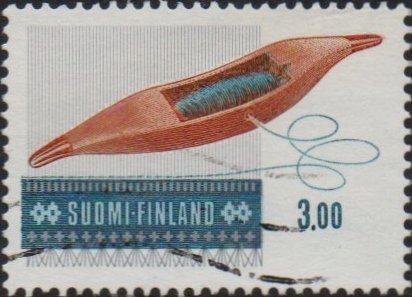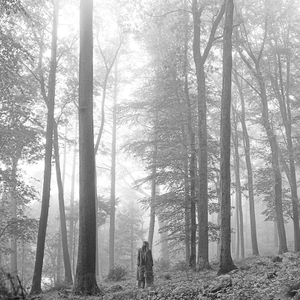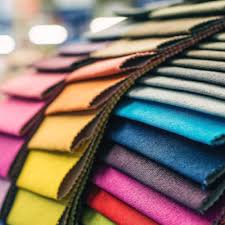Stamp: Weaving Shuttle Drive, Weaving - phosphorescent (Finland 1983)
Weaving Shuttle Drive, Weaving - phosphorescent (Finland 1983)
01 September (Finland ) within release Folk art goes into circulation Stamp Weaving Shuttle Drive, Weaving - phosphorescent face value 3 Finnish markka
| Stamp Weaving Shuttle Drive, Weaving - phosphorescent in catalogues | |
|---|---|
| Colnect codes: | Col: FI 1983-06 |
Stamp is horizontal format.
Paper: variant of the 1979 issue. Phosporescent (violet glow under UV-light). Design: Pirkko Vahtero and Pentti Rahikainen. LaPe 860 yHSStamp Weaving Shuttle Drive, Weaving - phosphorescent it reflects the thematic directions:
Folklore is the body of expressive culture shared by a particular group of people; it encompasses the traditions common to that culture, subculture or group. These include oral traditions such as tales, proverbs and jokes. They include material culture, ranging from traditional building styles to handmade toys common to the group. Folklore also includes customary lore, the forms and rituals of celebrations such as Christmas and weddings, folk dances and initiation rites. Each one of these, either singly or in combination, is considered a folklore artifact. Just as essential as the form, folklore also encompasses the transmission of these artifacts from one region to another or from one generation to the next. For folklore is not taught in a formal school curriculum or studied in the fine arts. Instead these traditions are passed along informally from one individual to another either through verbal instruction or demonstration. The academic study of folklore is called folkloristics.
Textile is an umbrella term that includes various fiber-based materials, including fibers, yarns, filaments, threads, and different types of fabric. At first, the word "textiles" only referred to woven fabrics.However, weaving is not the only manufacturing method, and many other methods were later developed to form textile structures based on their intended use. Knitting and non-woven are other popular types of fabric manufacturing. In the contemporary world, textiles satisfy the material needs for versatile applications, from simple daily clothing to bulletproof jackets, spacesuits, and doctor's gowns


